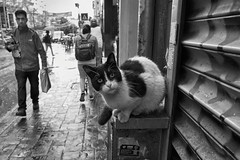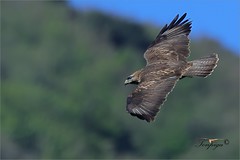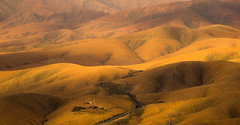October is when acorns ripen and fall from the trees; at times almost covering the forest floor. On Cumberland there are eight species of oak trees that produce acorns. However, the live oak, which is the predominant tree on the island, is also by far the largest producer of acorns. Most people know that a tiny acorn can eventually become a huge oak tree, but fewer individuals understand how these oak seeds can effect wildlife populations. A great number of animals depend on acorns as a food source; for some, their reproductive success is closely linked to the abundance of acorns. For example: White-tailed deer rely heavily on this nutritious autumn food, so when acorn production is high in the fall, chances are, there will also be a high number of fawns born the following spring. If an animal eats well, they are more likely to reproduce well. But this could ultimately lead to the future reduction in the number of oak trees; with a constant high number of browsing animals in the system there would be fewer acorns left for re-seeding the forest. However, oaks have managed to survive by not producing a constant number of acorns each year. During years of low acorn production, dependent animals adjust their numbers lower to match the food source. If followed by a year of heavy acorn production, there will be a lot of food for the remaining wildlife plus plenty for re-seeding the forest. It should be mentioned that large predators are also a regulating factor of plant consuming animals and complex relationships among all native plants and animals have been worked out over evolutionary time. On Cumberland, however, this natural balance has been disrupted by non-native feral hogs. Originally from Europe, hogs were first brought into North America and on to Cumberland in the 1500’s. Hogs directly compete with native animals for the acorn crop but their population is not effected by acorn production because they have such a varied diet. Also, while feeding, hogs root the ground plowing up the floor of the forest destroying the regeneration of new plant growth. Left alone, hogs would eventually decimate a barrier island as they also impact other island Eco-systems with their rooting behaviour. On Cumberland, predation on hogs from alligators and bobcats is hardly enough to keep their numbers under control. These highly invasive swine can produce up to three large litters of young each year, so the National Park Service manages the hogs by hunting and trapping them. The park service also sponsors six public hunts to help reduce the hog population. The first hunt this year is in the third week of October and happens to coincide with the fall acorn crop which is much lower than what it was last year. So competition for this important food source is much higher. Removing the non-native hogs from this competition is a step towards achieving a more balanced natural system.













